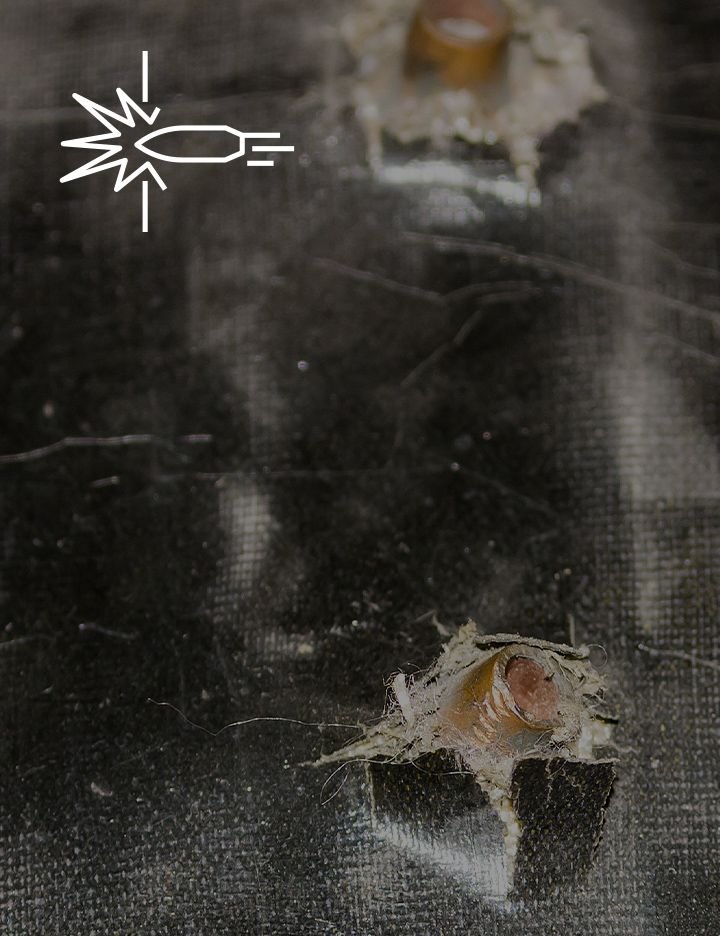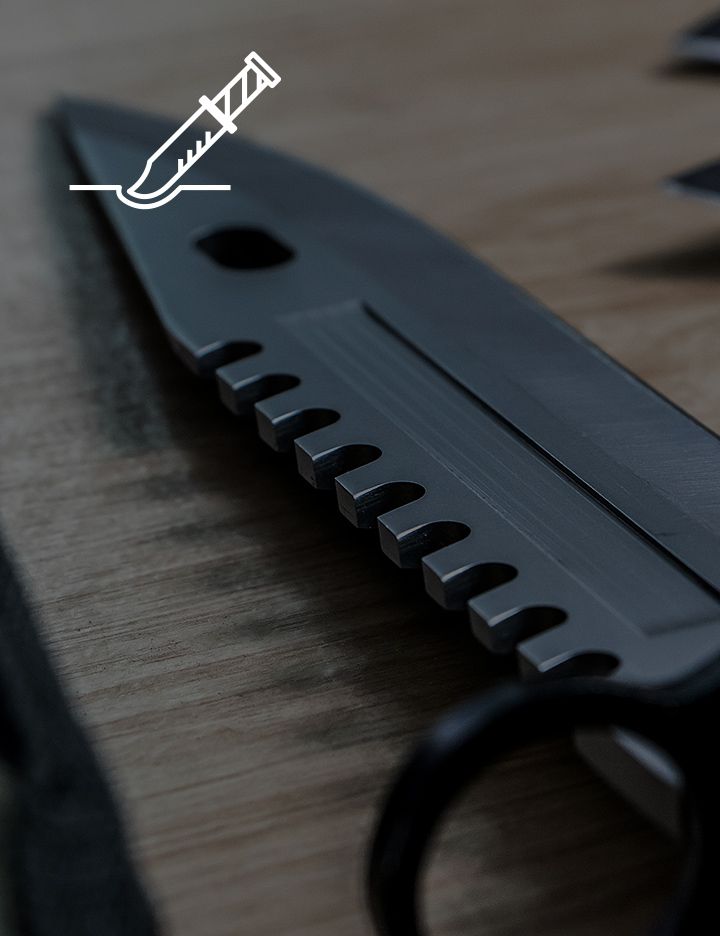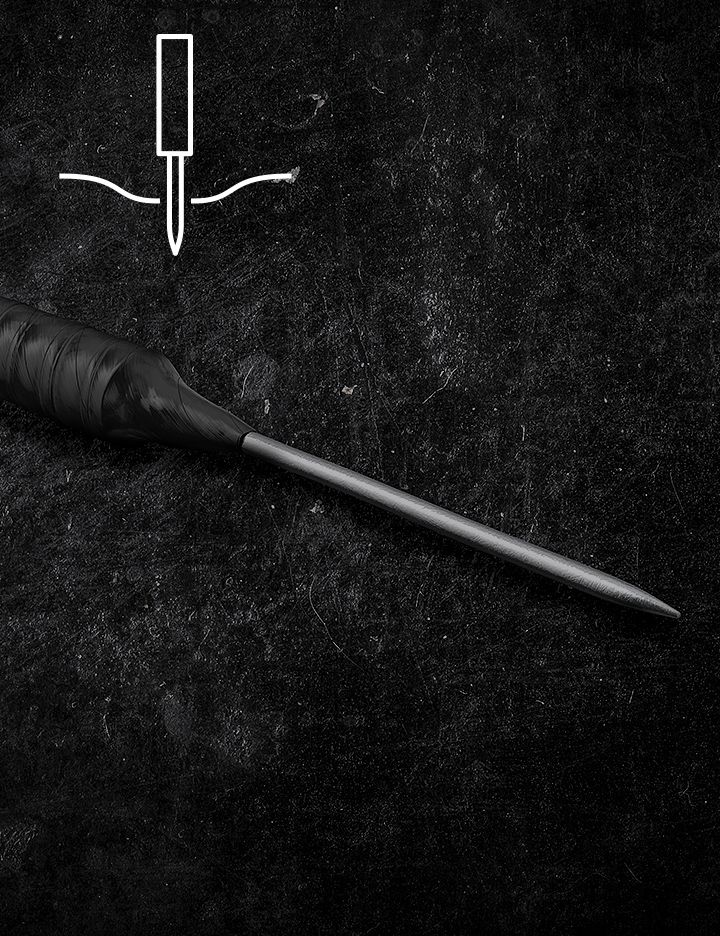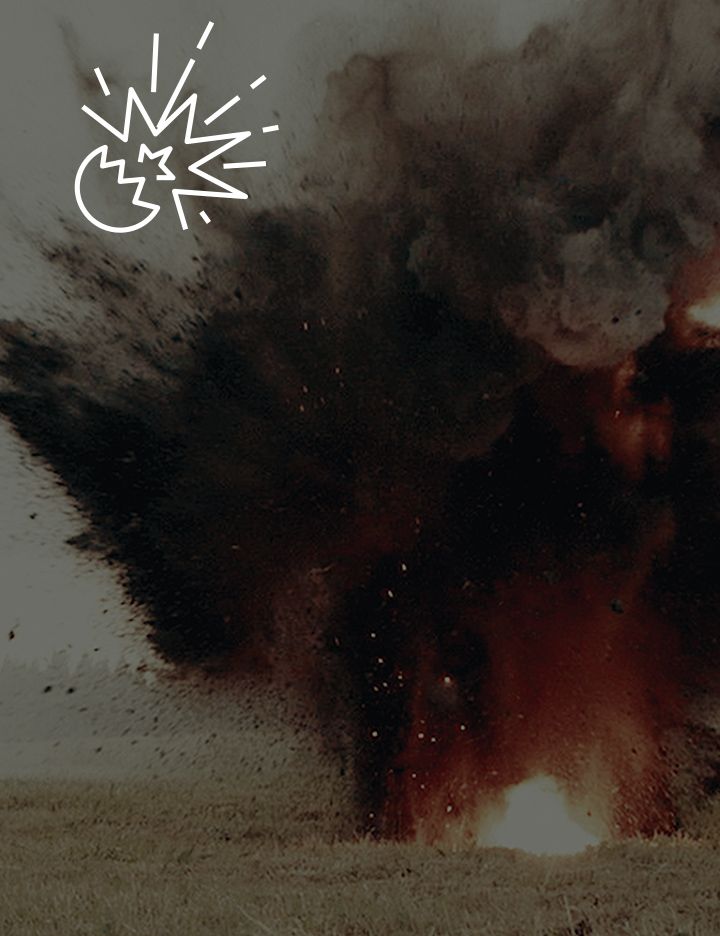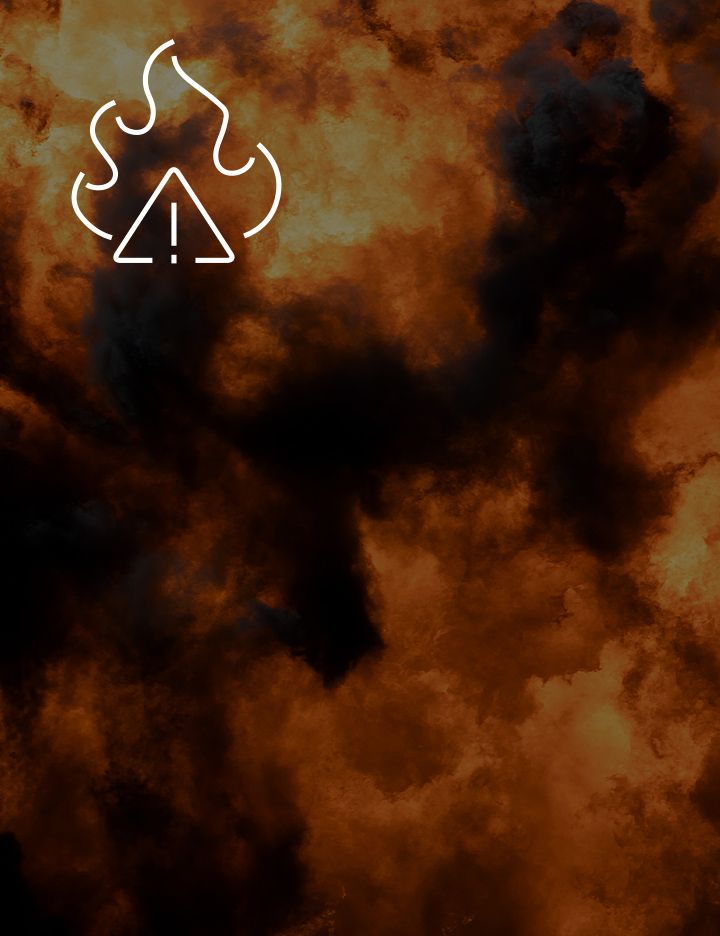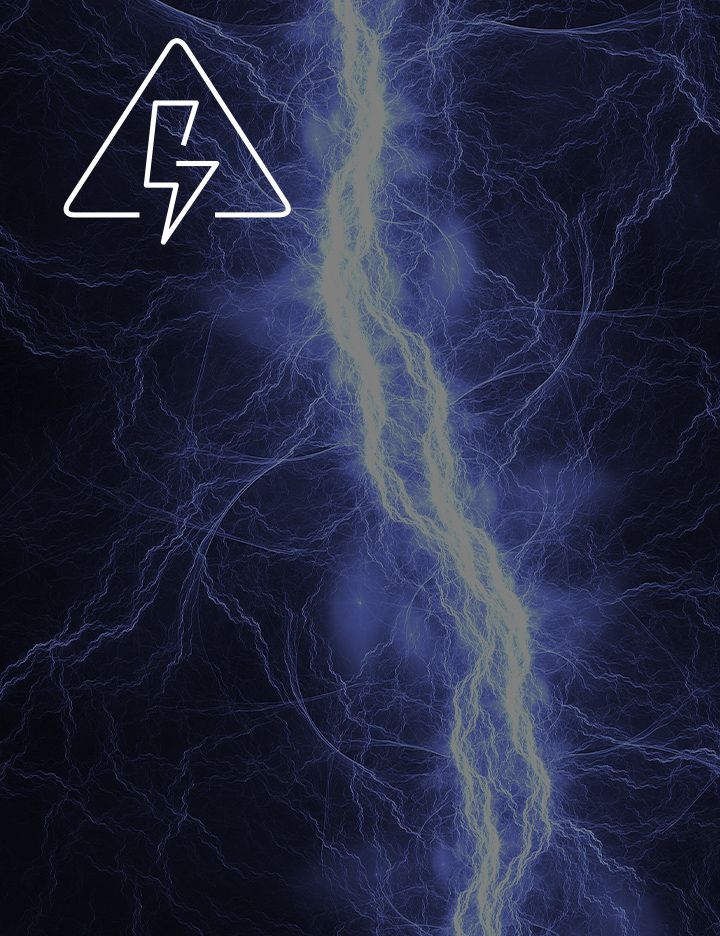DuPont Life Protection
Wherever service takes you, our innovative hazard gear is designed to get you home safely
DuPont is more focused than ever on providing protection solutions that meet the specific needs of military personnel, law enforcement officers and emergency responders. Because they never give up, we never give up.
Introducing DuPont™ CoreMatrix™ Technology
A hybrid ballistic fabric that delivers the ultimate lightweight protection against
a range of threats without sacrificing comfort and flexibility
Industries
Domestic or abroad, by land, sea or air—when duty calls, we help you answer it with confidence. From the front line to the “all clear,” we provide the head-to-toe protection that every hero deserves.
